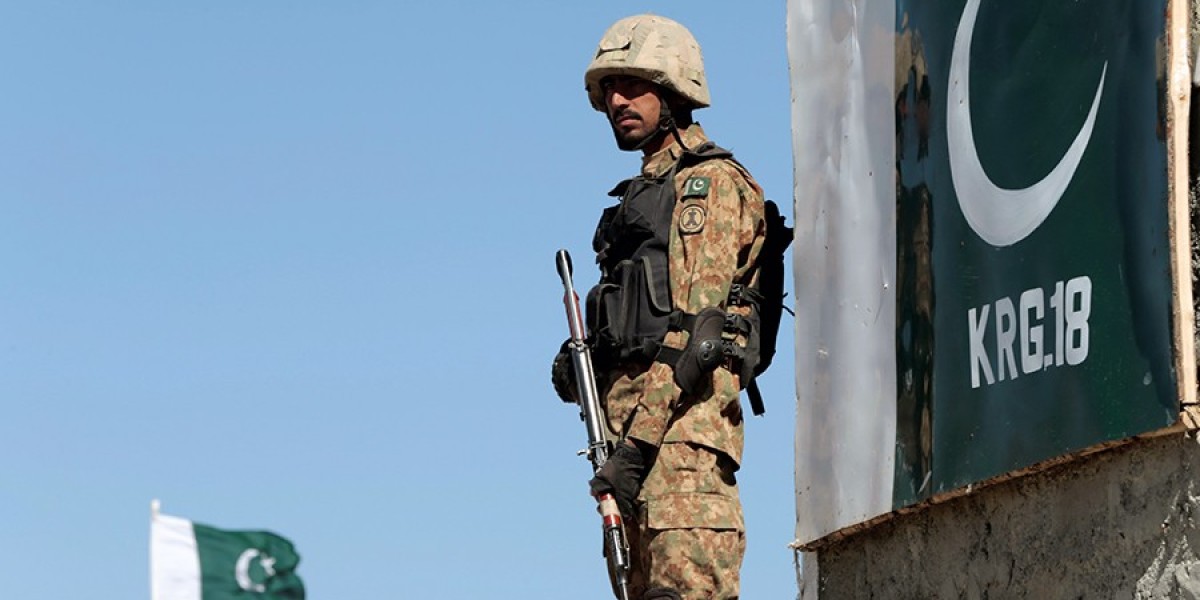In a rare moment of diplomatic progress, Pakistan and Afghanistan have reached a tentative ceasefire agreement following months of escalating cross-border clashes and tensions. The deal, which was brokered through discreet negotiations, aims to bring a halt to hostilities along the volatile frontier — and possibly lay the groundwork for longer-term peace in the region.
Background: Months of Rising Tension
Relations between Islamabad and Kabul have grown increasingly strained in recent months due to border skirmishes, terror incidents, and mutual accusations of harboring militants.
The Durand Line, a 2,600-kilometer border separating the two countries, has long been a flashpoint, with both sides frequently engaging in exchanges of fire and blame.
Following multiple deadly confrontations in late September, both governments came under mounting domestic and international pressure to de-escalate and open dialogue.
This led to a series of quiet back-channel communications that eventually paved the way for a 48-hour truce, which has now evolved into a more structured ceasefire framework.
Key Details of the Ceasefire Deal
According to officials from both sides, the new ceasefire deal includes several core agreements:
Immediate cessation of cross-border firing by both military forces.
Joint monitoring teams to investigate future violations.
Communication hotlines between border commanders to prevent escalation.
Commitment to restrain militant movement across the frontier.
Exchange of detained personnel involved in recent clashes.
Both countries have reportedly agreed to review the agreement every 30 days, ensuring transparency and accountability.
While the truce is being described as “temporary,” diplomatic insiders suggest that both governments view it as a confidence-building step toward restoring stability.
Pakistan’s Perspective
For Pakistan, the ceasefire offers a chance to reduce pressure on its western front while managing domestic security challenges.
Islamabad has long accused militant groups operating from Afghan territory — particularly factions of the Tehrik-i-Taliban Pakistan (TTP) — of launching cross-border attacks on its forces and civilians.
A Pakistani security official stated:
“We have no interest in conflict with our neighbor. Our only demand is that Afghan soil is not used against Pakistan.”
The truce allows Pakistan to focus on internal stability, especially as it faces political shifts, economic challenges, and ongoing counterterrorism operations.
Afghanistan’s Response
The Afghan interim government, led by the Taliban, has maintained that it wants “peaceful and respectful relations” with Pakistan, but it also demands respect for its sovereignty.
A Taliban spokesman in Kabul said:
“We are committed to preventing hostilities, but both sides must avoid actions that provoke tension along the border.”
Afghan officials reportedly agreed to increase surveillance and patrol coordination to prevent unauthorized movements by armed groups. However, they also emphasized that the responsibility for peace must be mutual.
Role of Regional Diplomacy
The ceasefire deal did not emerge in isolation. Qatar, China, and Saudi Arabia are believed to have played behind-the-scenes roles in encouraging both sides to de-escalate.
Beijing, in particular, has a vested interest in regional stability due to its investments in the China–Pakistan Economic Corridor (CPEC) and its growing influence in Afghanistan’s reconstruction.
Regional observers suggest that this deal may also be a test case for how Afghanistan and Pakistan can cooperate under international pressure to curb militancy and ensure economic connectivity.
Reactions and Skepticism
The announcement of the ceasefire has been met with cautious optimism.
Human rights groups and border residents welcomed the pause in violence, hoping it will bring relief to civilians living in conflict-prone areas such as Kurram, Chaman, and Spin Boldak.
However, analysts warn that lasting peace will require more than a temporary truce.
Past ceasefires between the two sides have broken down due to lack of trust and the presence of non-state militant actors operating beyond government control.
A regional analyst from Islamabad noted:
“Ceasefires between Afghanistan and Pakistan often hold only as long as both sides see tactical benefit. The real challenge is addressing the underlying issues — border management, militancy, and mutual suspicion.”
Impact on Security and Trade
The ceasefire has already had an immediate effect on the movement of goods and people across key border crossings.
Trade officials in Chaman and Torkham reported that transportation resumed smoothly for the first time in weeks, allowing critical supplies, food items, and humanitarian aid to reach both sides.
Security analysts believe that sustained calm could significantly boost border trade and improve local livelihoods, which have been crippled by repeated closures and insecurity.
International Response
The United Nations and several international organizations have praised the ceasefire initiative.
A UN spokesperson stated:
“Any effort that reduces civilian suffering and encourages dialogue between neighbors is a welcome development.”
The United States and European Union also issued statements urging both nations to maintain restraint and pursue a durable peace mechanism through diplomacy.
Challenges Ahead
Despite the positive momentum, multiple challenges threaten the longevity of the ceasefire:
The persistence of militant networks operating across both sides of the border.
Distrust between security institutions.
Lack of formal diplomatic frameworks under the current Afghan government.
Experts emphasize that without a structured agreement on counterterrorism cooperation and border management, the ceasefire could unravel quickly.
Final Thought
The new Afghanistan–Pakistan ceasefire deal represents a fragile yet hopeful step toward regional stability. While it may not resolve years of mistrust or eliminate militant threats overnight, it demonstrates that dialogue remains possible — even amid decades of hostility.
For both nations, the real test lies ahead: transforming this temporary truce into a foundation for lasting peace.
If successful, it could mark the beginning of a new era of cooperation, security, and shared prosperity across one of the world’s most volatile borders.








